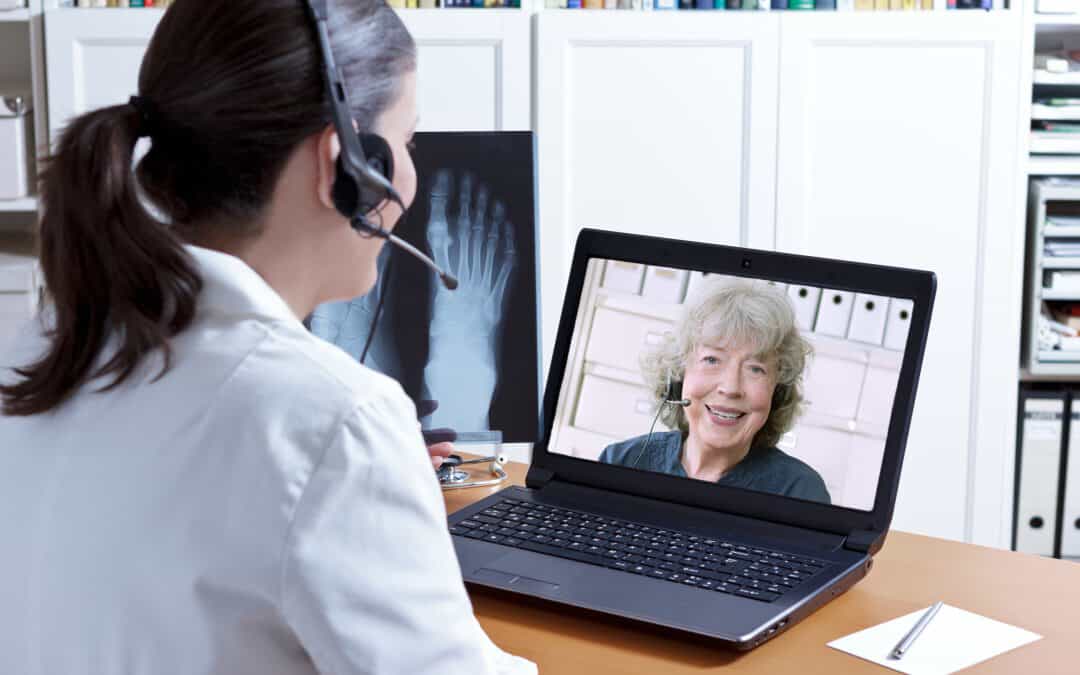Since 2018, telemedicine in hospitals has skyrocketed. Over 75% of hospitals now use telemedicine. Telemedicine is saving patients.
Patients visit the doctor via the technology they have in their pockets!
How does telemedicine bring healthcare into the 21st century?
Read on to learn about telemedicine and how it’s revolutionizing healthcare.
What Is Telemedicine?
Telemedicine is a healthcare delivery system connecting doctors with patients. Through the use of electronic communications, doctors treat patients without an in-person visit.
Telemedicine isn’t as limited as some might think. Some of the most common applications include:
- Chronic disease management
- Follow-up visits
- Post-hospitalization care
- Preventative care
- Sick school kids
- Senior care
- Doctor collaboration and consultation
Telemedicine is the perfect solution for all these medical needs.
Chronic Disease Management
Chronic diseases such as diabetes are a challenge for the health system. A quick check-in with the doctor in a telemedicine appointment reduces costs. It also makes it easier for the patient.
Studies support the effectiveness of telehealth for patients with chronic conditions.
Follow-up Visits
Many patients miss their follow-up appointments. It’s not always easy getting to the doctor’s office.
Telemedicine reduces missed follow-up appointments. This means better outcomes for patients.
Post-Hospitalization Care
Telehealth follow-ups help prevent hospital re-admissions. Patients don’t struggle to make post-operative visits to the doctor. This increases the likelihood of proper patient-doctor contact.
Preventative Care
It’s tough to quit smoking. But it’s one of the best preventative measures a person can take to stay healthy. Contact with a health provider increases a patient’s chance of quitting.
The doctor can also keep tabs on weight loss, heart disease, and other conditions. This increases the chances of preventative healthcare success.
Sick School Kids
A remote doctor teamed up with a school nurse can assess the nature of a sudden illness or accident. The doctor provides instructions for next steps avoiding unnecessary emergency room visits.
Senior Care
Seniors in assisted-living facilities often end up in the emergency room. This is especially common at night or on weekends. Hospitalization is sometimes the only option due to the day or time an illness occurs.
On-call telemedicine doctors assess the situation. They can determine whether a hospital visit is necessary. Seniors often have compromised immune systems, making a simple hospital visit dangerous.
Telemedicine means fewer hospital visits, saving time and money and keeping patients safer.
Doctor Collaboration and Consultation
Telemedicine allows collaboration between doctors who work in different parts of the country. This widens the knowledge base between hospitals and doctors. This type of collaboration benefits all patients.
Security of Telemedicine
Personal medical information does get transmitted during telemedicine visits. This means HIPAA regulations apply. You can’t Skype or FaceTime with your doctor because the software isn’t secure.
Doctors and hospitals only use encrypted technology solutions for patient consultation. The patient uses any mobile device. A desktop computer also works for a telemedicine consult.
The Future Is Here and It’s Telemedicine
Telemedicine is a safe and effective alternative treatment for in-office medical visits. With telemedicine visits, there’s less time away from work. There’s also no worry of catching another patient’s illness.
Keep an eye on chronic medical conditions from home. Preventative care is easier. Patients have better health outcomes with fewer missed appointments.
Telemedicine is the wave of the future. But if you’ve got an emergency today, we’re here to serve you!





